Motorcycle Investor mag
Subscribe to our free email news
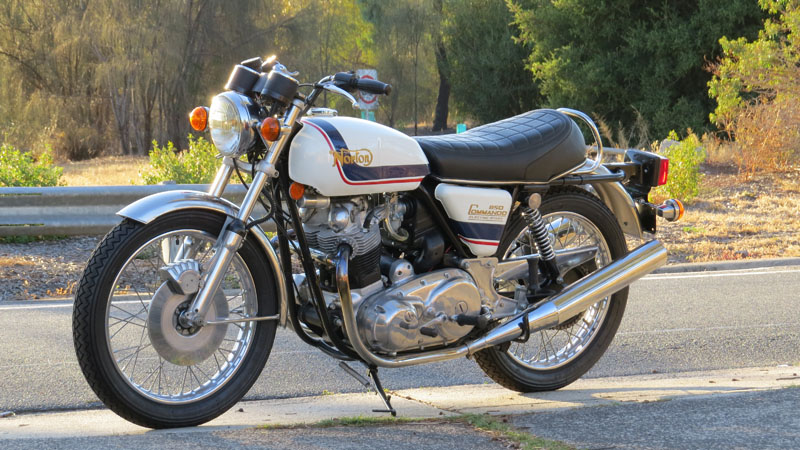
Our bikes - 1975 Norton Commando Mark III
(April 2019)
by Guy 'Guido' Allen, ride shot by Ben Galli Photography
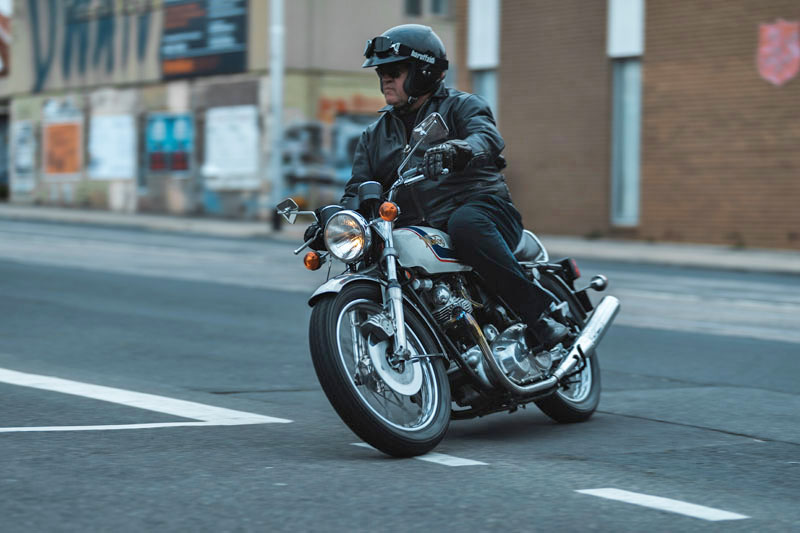
Last of the Commandos
Dipping a toe into the murky waters of Norton ownership
This might get me drummed out of the Norton Owners Club,
if ever I join, but I never really intended to buy a
Commando. Sure they’d crossed my radar several times over
the years. In fact, given half my mates seem to have owned
one in recent years, they’ve been pretty hard to avoid.
Let’s see, Groff, Rooth, Snag, Morley – so you can see the
temptation for muggins to join this gang of happy victims.
The only thing is, ownership seems to involve a lot of
rebuilding and, while I have no objection to that, I
prefer to pick my battles. Japanese motorcycles from the
seventies I get, British bikes from that era, not so much.
Sure, a reciprocating engine is more or less universal,
but there’s all the ancillary weirdness, like positive
earth electrical systems. ‘WTF’ has a tendency to enter
the vocabulary, often, when muggins engages with Pommie
engineering from that era. And I know I’m not alone on
that.
That said, I have weakened over the years. Relatively modern Brit bikes have featured in the shed for decades and there are two early Hinckley Daytonas (circa 1994) living there right now. And, somehow, I’ve had a couple of seventies Triumph Tridents sail through – the current one is an ultra low-mile T160 from 1975.
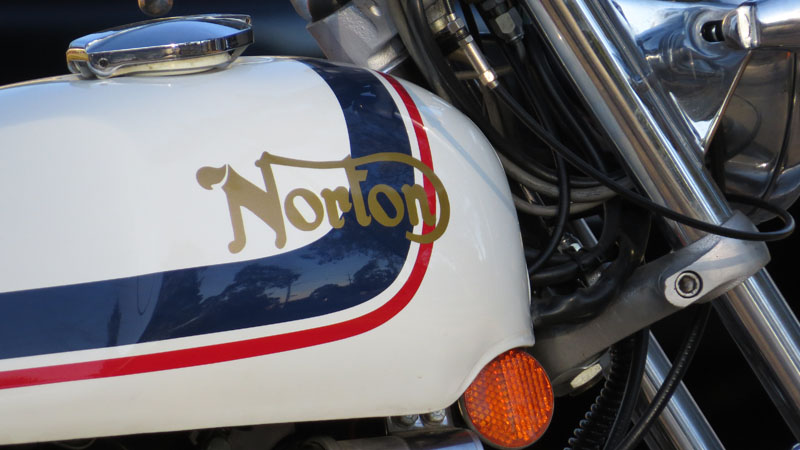
And this? Well I can blame motorcycle book author and
general trouble-maker Ian Falloon for it. He owned the
MkIII for years and had given it a light resto and decided
to move it on.
Like my T160, it’s an ultra-low miler – with a little
over 4000 miles (6400km) on the dial – and is in excellent
nick. Frankly, if it hadn’t come from someone I trust, who
actually knows what they’re doing, the shed would still be
Norton-less. This just made the whole question of throwing
a bunch of money at a Commando relatively predictable and
painless.
For those of you not familiar with the breed, what you see here is the last throw of the dice for the brand, until it was revived many years later. The parent company, Norton Villiers Triumph, in 1975 was blundering from one corporate fiasco to another and was about to go down in a screaming commercial heap.
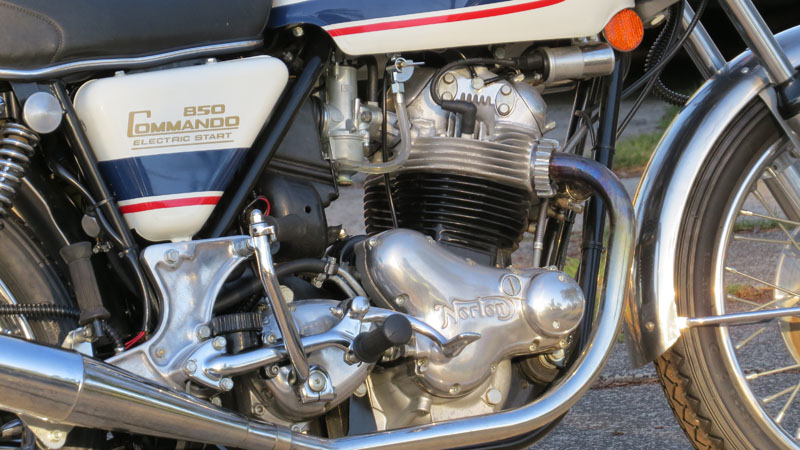
Like the contemporary T160, it had an electric starter
tacked on to the design in the hope of making it a little
more competitive with the equivalent Japanese machines. It
was a step in the right direction, but the poor old
Commando really was out of its depth. Keep in mind these
things were competing for attention against the likes of
the much more powerful Kawasaki Z900 or space-ship-like
Honda Goldwing.
Sure the Commando had a reputation for being a brilliant
handling package with respectable straight-line
performance, but strength and reliability were a major
Achilles heel.
These days, none of that really matters. There are plenty
of quicker bikes available and it’s all about having the
whole classic bike experience, with the minimum of fuss
thanks very much. So for once I stuck to my own advice and
spent the right money for the right bike.
Of course, old bikes being what they are, there was bound to be trouble. This one decided to mess with me from day one. We set off to get a roadworthy and arrived with a serious oil leak and questionable lighting. As I said to Mick the workshop bloke, it was roadworthy when I left home some 15 minutes before…
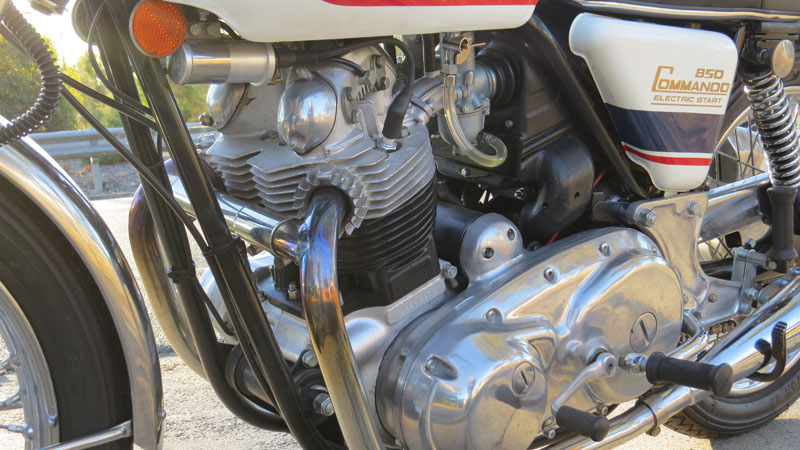
This is what happens with new builds – there will be some
inevitable teething troubles. In this case an oil line
that looked fine externally had given up the ghost, while
an electrical connector or two had come loose. A few
dollars, half an hour and some very basic tools had us all
smiling again.
Since then I’ve had a few runs and it’s been a pretty
happy situation. I’ve been using the electric start,
knowing it will probably eventually burn out as the
original spec was inadequate. That’s fine, as there is a
readily-available upgrade that bolts straight in. The
T160, funnily enough, is in a similar situation, but the
triple-pot motor puts a little less stress on the starter.
I’ve settled into a ritual before taking the Commando
anywhere, which is charge up the battery so it’s in peak
form, give the spark plugs a quick clean (very easy to
access) and drain the oil out of the ‘dry’ sump. Commandos
are notorious for wet-sumping and will create an unholy
mess if you don’t do this after they’ve been standing for
a while.
A bit of an imposition? Maybe. But if I want a quick getaway, there’s a perfectly good Hayabusa sitting right beside it in the shed.
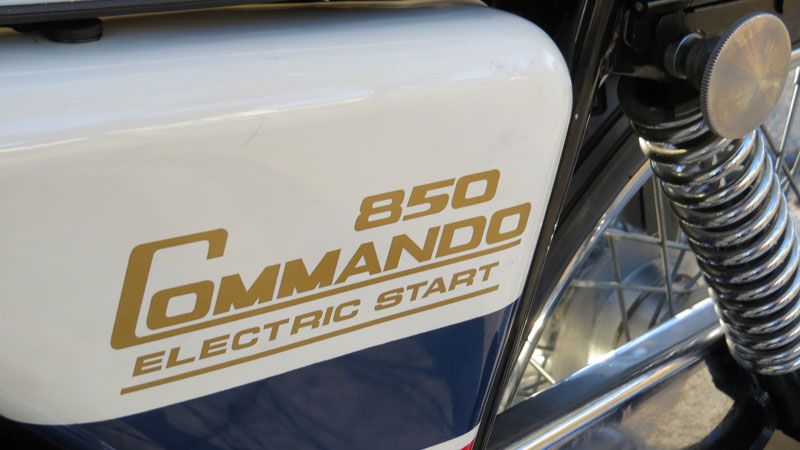
It’s been fun on the brief squirts so far, so long as you
accept the appalling brakes. They’re similar discs to the
Triumph – marginal in the dry and awful in the wet.
Meanwhile the engine has lots of torque, which more than makes up for the four-speed transmission (the T160 has five gears). And the handling? It feels good, but it really needs to get out for a proper play, somewhere in the hills.
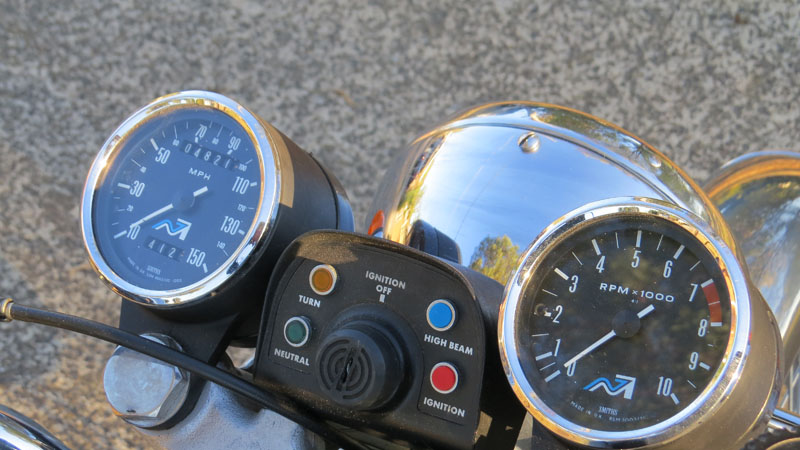
The one thing I haven’t yet done is take it on a proper
‘get to know you’ ride, preferably over a few days. I did
this with the T160, taking it across some great riding
roads and it transformed my relationship with the bike. I
discovered it handled far better than I expected and was
quick enough to be huge fun.
There’s every reason to believe that the Norton
experience will be similar, and those in the know give a
well set-up Commando the nod as a handling package. We’ll
see.
Anyway, some time in the not too distant future we might
put those two bikes together for a story. I have a
co-rider in mind, who owned both these machines when they
were new. Watch this space…
---
See a contemporary road test of the 1973 Commando 850,
written by Derek Pickard, at Classic Two Wheels.
See our Norton
Commando series profile
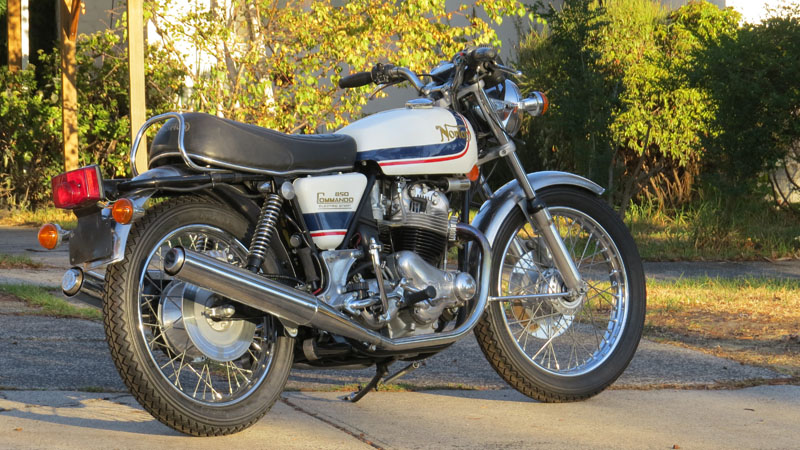
-------------------------------------------------
Produced by AllMoto abn 61 400 694 722
Privacy: we do not collect cookies or any other data.
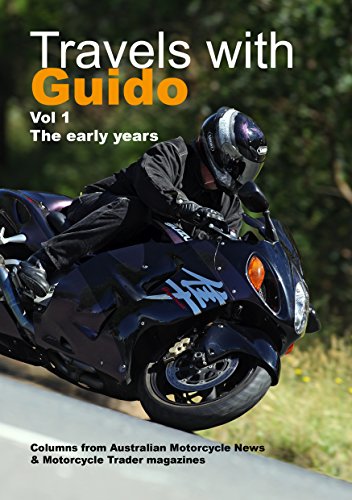
Archives
Contact



